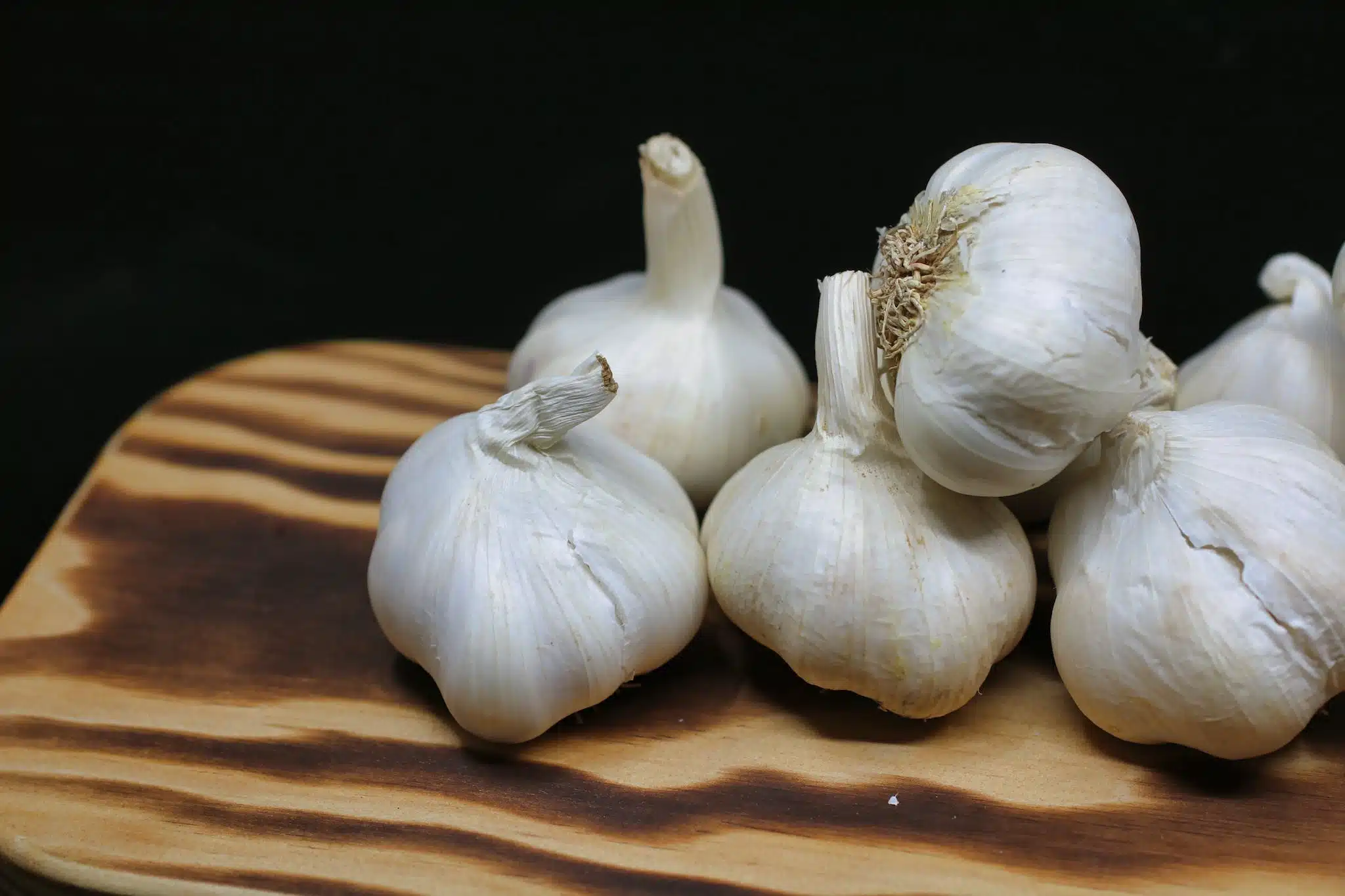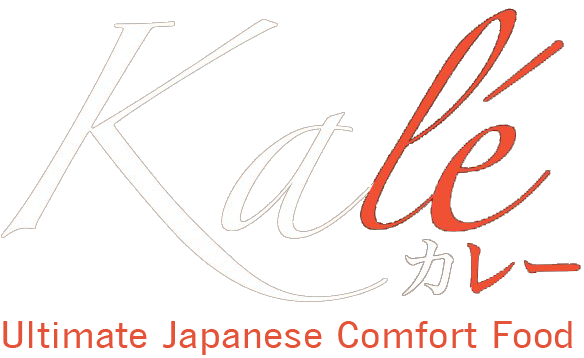
Originally from Kobe, Japan, the owner, Makoto Yoshino, immigrated to the U.S. to attend college in Michigan and stayed for twelve years to work and attend graduate school in business, before returning to Tokyo in 2005. Since moving to Portland and becoming a U.S. citizen in 2008, he has been on a quest to find restaurants in the U.S. that replicate the comfort foods of his native Japan. Seeing a gap, he has decided to fill it. He looks forward to your feedback on this simple but culturally important dish.
History of the Ultimate Comfort Food in Japan
It is said that the dish was introduced to Japan during the late 1800s by England, which ruled India at that time. Because of this history, it has traditionally been considered a European dish. During the last 100 years, it has gained popularity in Japan that it is now considered a national dish; it has developed into many different forms. We serve it in a way most Japanese families do.
19th Century
1863– Japan is under the rule of Shogun and samurai warriors. Hiizu Miyake witnessed the dish during his trip to Europe, and this is the first time ever a Japanese witnessed the dish.
1872– Five years after the country came under the rule of the emperor of Japan, the Development Ambassador, Horace Capron dined on the dish at the Tokyo Office of the Hokkaido prefecture. Capron was born in Massachusetts and was invited to Japan to support the development of the northern prefecture, Hokkaido, after participating in the U.S. Civil War as a Union soldier. His contributions from 1871 to 1875 included road construction, mining, agriculture, and fisheries. His bronze statue currently stands in the central park of Hokkaido.
1872– The dish appears in cook books: “Seiyo Ryori Shinan” and “Seiyo Ryori Tsu.” “Seiyo Ryori” refers to cuisines from European countries and the Americas.
1876– Massachusetts born, Union Army veteran, Dr. William Smith Clark visits Japan to support agriculture. Dr. Clark sets a rule prohibiting students from eating rice except for this dish at the Sapporo Agricultural School (now Hokkaido University). This was to promote the consumption of bread in Japan.
1877– The dish becomes part of the menu at Seiyo cuisine restaurant Fugetsudo in Tokyo for the first time in Japan.
20th Century
1903– Imamuraya in Osaka manufactures and sells the sauce for the dish in the powdered form for the first time in Japan.
Sancho-an in Waseda, Tokyo puts a noodle version of the dish on its menu for the first time.
1906– Ikkando in Kanda, Tokyo, launches the sauce for the dish in a block for cooking at home.
1908– The Japanese Imperial Navy puts the dish in its recipe book.
1910– The Japanese Imperial Army puts the dish in its recipe book.
1924– Sudamachi Diner in Kanda, Tokyo offers the dish for the general public priced at .08 cents. Until then, it was offered as an expensive meal.
At that time, a college graduate’s starting monthly salary was 70 cents. A street worker made 1.63 cents per day.
1926– Uragami Shoten sells a sauce for the dish for home preparation.
1927– Shinjuku Nakamura-ya & Shiseido Parlor add the high-end dishes for .8 cents and .5 cents respectively on their menus.
1929– Cafeteria at Hankyu Hyakatten in Osaka offers the dish for .2 cents. Hankyu is one of the most expensive department stores in Japan, and is located in Osaka.
1930– Minejiro Yamazaki sells the sauce for the dish in powdered form.
1931– The Crosse and Blackwell Affair takes place. C&B from England was renowned for its high quality sauce ingredients, but they were very expensive. There were criminals who repackaged the product with cheaper material, and this became a serious affair between England and Japan resulting in prosecution of the criminals. Because of this incidence, cheaper material made in Japan were appreciated by the general public, which reduced price of the dish.
1941 to 1945– Food production is controlled by the government due to WWII, and the production of the dish was prohibited except for consumption by the military.
1946– After the WWII, production of the dish restarts; however, availability of ingredients is limited.
1949 to 1960– Major food companies in Japan start or restart participating in the production of the sauce, taking it where it is today.
2010- Kalé is born in Portland, Oregon
on a mission to spread the Ultimate Japanese Comfort Food
in the United States and to you!
Based on data by the Ministry of Agriculture, Forestry, and Fisheries of Japan & the Japan Canners Association, a Japanese person on average is likely to eat the dish 84 times a year (Figure 1). It is undeniably one of the most popular foods in Japan.
| Figure (1) | Eating at Home | Eating Out | Total |
|---|---|---|---|
| Yearly | 30 | 54 | 84 |
| Monthly | 2.5 | 4.5 | 7 |
| Weekly | 0.6 | 1.0 | 1.6 |
| Data Source: SPICE & HERB based on data from MAFF & Japan Canners Association | |||
Why Should You Eat Kalé Rice?
The great taste of our Kalé Rice & Kalé Doria comes from many different vegetables and herbs that bring many health benefits to you.



Onion
Onion may be a useful herb for the prevention of cardiovascular disease, especially since they diminish the risk of blood clots. Onion also protects against stomach and other cancers, as well as protecting against certain infections. Onion can improve lung function, especially in asthmatics.

Carrots
Carrots are an excellent source for carotene, which is converted to vitamin A in the human body. Carrots also provide a whole host of other essential vitamins, B1, B2, C, D and E which are antioxidants that reduce free radicals cell damage and heal and nourish the skin. Carrots are extremely rich in potassium and contain magnesium, vitamin B6, folic acid, thiamine, and cholesterol reducing calcium pectate.

Celery
While contributing to the great flavor of Kalé sauce, it contains much fiber. It also contains a hormone known as andorsterone, which is said to attract women. So, the owner of Kalé is wondering if he should eat more celery in his Kalé Rice made just for him.

Cumin
It is said to increase the heat in the body thus making metabolism more efficient. It is also thought to be a powerful kidney and liver herb and can boost your immune system.

Tomato
The tomato not only thrills the taste buds and brightens the table, it also helps fight disease. A review of 72 different studies showed consistently that the more tomatoes and tomato products people eat, the lower their risk of many different kinds of cancer. Based on the studies by Dr. Edward Giovannucci of Harvard School of Public Health, the benefit of tomatoes was strongest for the cancers of the prostate, lung, and stomach. Tomatoes are excellent source of Vitamin C and good source of Vitamin A.

Garlic
Garlic is one of the most well known herbs with many benefits: cardiovascular health & high cholesterol, antioxidant, anti-bacterial, blood clots, etc.

Chutney
Researchers suggest chutney has positive effect on the following: indigestion, ulcerative colitis, osteoarthritis, atherosclerosis, cancer, diabetes, bacterial and viral infections, uveitis, etc.

Turmeric
It has been shown to have a wide range of therapeutic actions: protecting against free radical damage as an antioxidant & the liver from a number of toxic compounds, reducing inflammation which in turn improves circulation and may help protect against atherosclerosis. There are more research suggesting possible positive impact on cancer & HIV.


